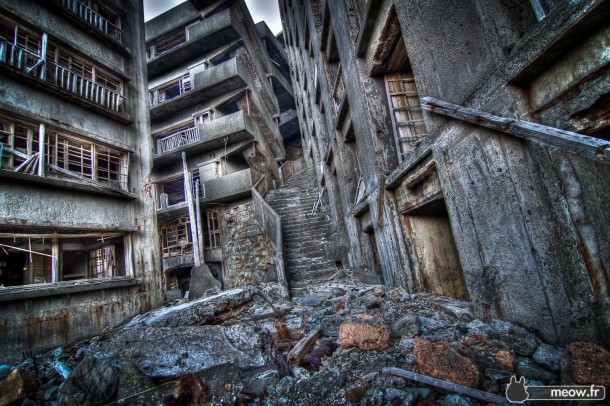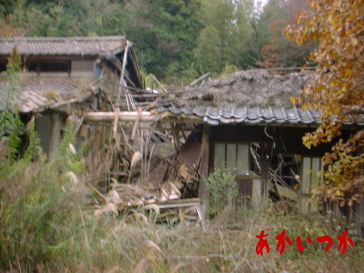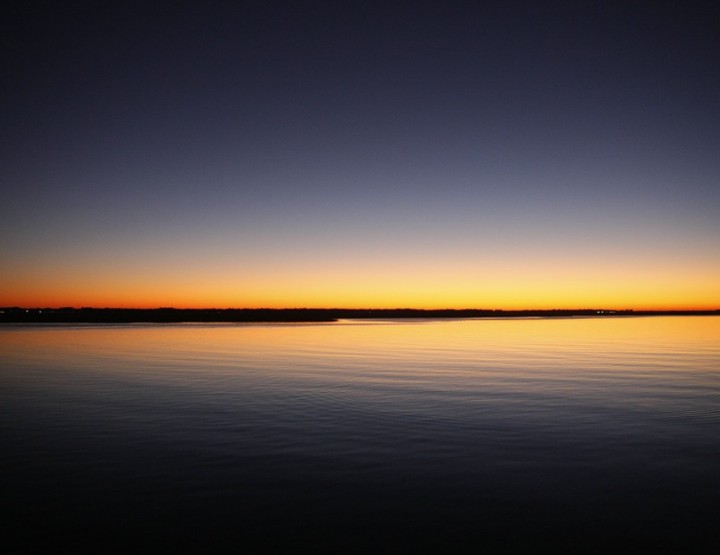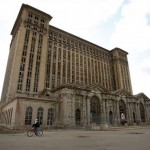Please scroll down for the English version
Diese kleine Insel, welche auf Deutsch so viel wie „Kriegsschiff-Insel“ heißen würde, liegt ein paar Kilometer vor der Japanischen Küste. Auf ihr wurde von 1887 bis 1974 unterseeisch Kohle abgebaut. Doch seit dem steht sie leer. Die Blütezeit des Kohleabbaus war 1916. Zu der Zeit wurde die Förderung vom Mitsubishi-Konzern geleitet und es lebten bis zu 5.259 Arbeiter samt ihrer Familien auf der Insel. Damit sie nicht andauernd zwischen dem Festland und der Insel pendeln müssen, wurde eine Stadt auf der Insel gebaut, die nach und nach mit den Minen- und Bergbaugebieten verschmolz und eines Tages fast die gesamte Oberfläche der Insel bedeckte. Es waren die ersten mehrstöckigen Stahlbetonbauten in ganz Japan, einem Land, das bis heute noch Häuser in ländlichen Gegenden aus Bambus und Papier baut.
Im zweiten Weltkrieg arbeiteten hier vor allem Kriegsgefangene aus China und Korea unter unmenschlichen Bedingungen. Viele starben und wurden einfach in stillgelegten Stollen verscharrt. Als in den 70ern das Kohlevorkommen erschöpft war, wurde die Insel aufgegeben und dem Verfall preisgegeben. Seit dem ist es ein schauriger Ort, den der Stahlbeton hält und es erinnert an eine post-apokalyptische Szenerie. Die Insel war seit dem ein beliebter Ausflugsort für Jugendliche, welche die Insel besuchten, obwohl diese eigentlich gesperrtes Gelände war. Aufgrund von Einsturzgefahren ist die Insel ein unsicherer Ort, aber das schreckt den wahren Abenteurer nicht, sie zu erkunden. Seit einer kleinen Weile ist die Insel für Touristen geöffnet. Ein kleiner Pfad wurde gesichert und der Öffentlichkeit freigegeben…aber wahre Urban Explorer lassen es sich nicht nehmen und erkunden die gesamte Insel. Aufgrund ihres faszinierenden Aussehens war die Insel Kulisse für einige Filme.
Bildrechte: http://cdn.totorotimes.com/wp-content/uploads/2011/10/gunkanjima-stairway-to-hell.jpg
English version
The small island whose name means Warship Island is separated from the mainland by a few kilometers. On this island coal was mined underwater from 1887 to 1974. At that time, the mining was organized and run by the Mitsubishi enterprise. 5295 workers with their families lived on the island to avoid commuting between mainland and island. Therefore, a city was built on the island which merged with the mining regions over time. The city grew until it covered the entire island. In fact, the first multi-story reinforced concrete constructions in Japan, a country whose countryside was still characterized by houses made of bamboo and paper.
In the Second World War, prisoners of war from China and Korea were forced to work their under inhuman conditions. Many died. Their corpses were simply hastily buried in the closed galleries. When the coal deposits became exhausted, the island was finally given up, exposing it to dilapidation. Since then, it became e very scary place which nature seemed to have already claimed back. However the concrete construction will probably stay for a long time. This truly represents the perfect post-apocalyptic scenery. For this reason, the island is a very popular place of excursions for juveniles who come to the island although it actually is a restricted area. Due to the danger of buildings collapsing, the island stays an unsafe place. However this doesn’t keep adventurers from visiting the island. Grasping the touristic potential of the island, it has been opened to the public. For this purpose, a small path was secured. But real urban explorers can’t be satisfied by touristic, staged tours. They explore the entire island. Thanks to its fascinating atmosphere, the island served as a setting for many movies.
Picture Copyrights: http://cdn.totorotimes.com/wp-content/uploads/2011/10/gunkanjima-stairway-to-hell.jpg





